Modern design and trusted technology come together in the Weinor Semina Life, a versatile, high-value alternative to semi-cassette awnings—delivering long-lasting comfort and performance for any style of home.
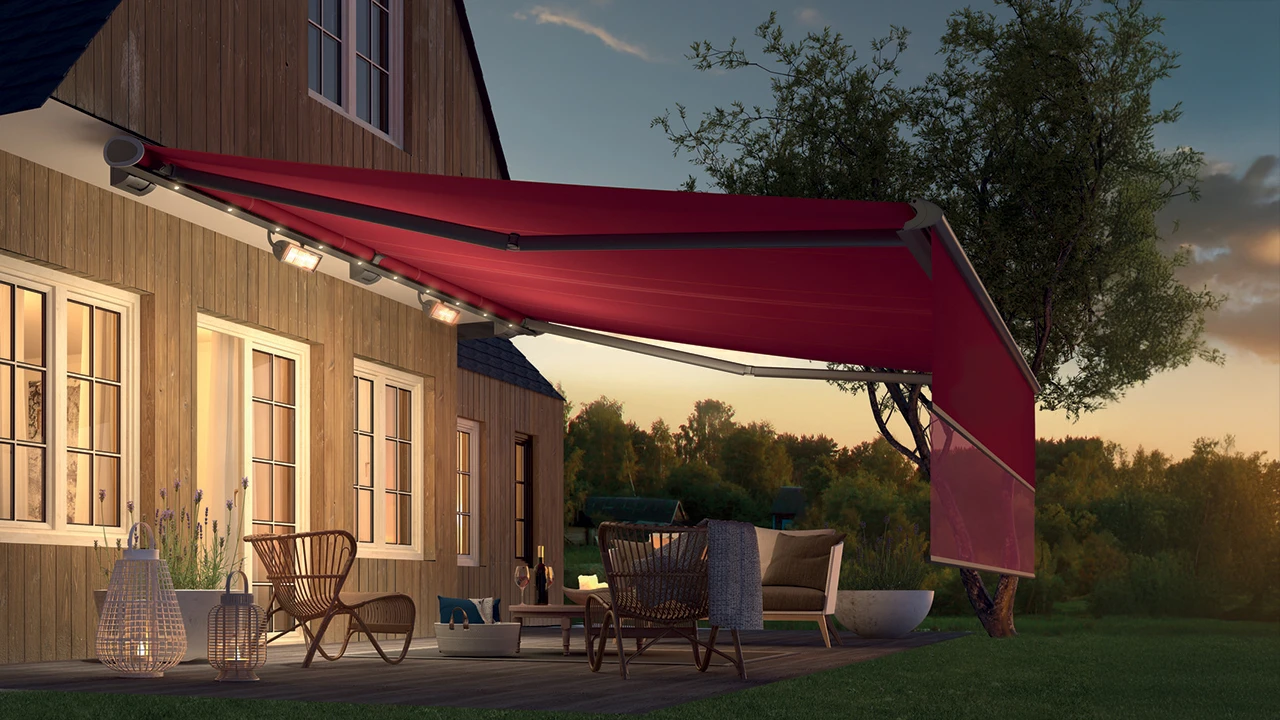
Long-lasting arms ensure reliable performance, with the option of dimmable LED lighting and Valance Plus for extra shade and privacy. Features include full cassette protection, high wind resistance, and extensive customisation in colours and fabrics.
Stylish headplate rings in a stainless steel look create a striking visual accent, perfectly complementing custom frame colours and fabric patterns for a truly personalised appearance.
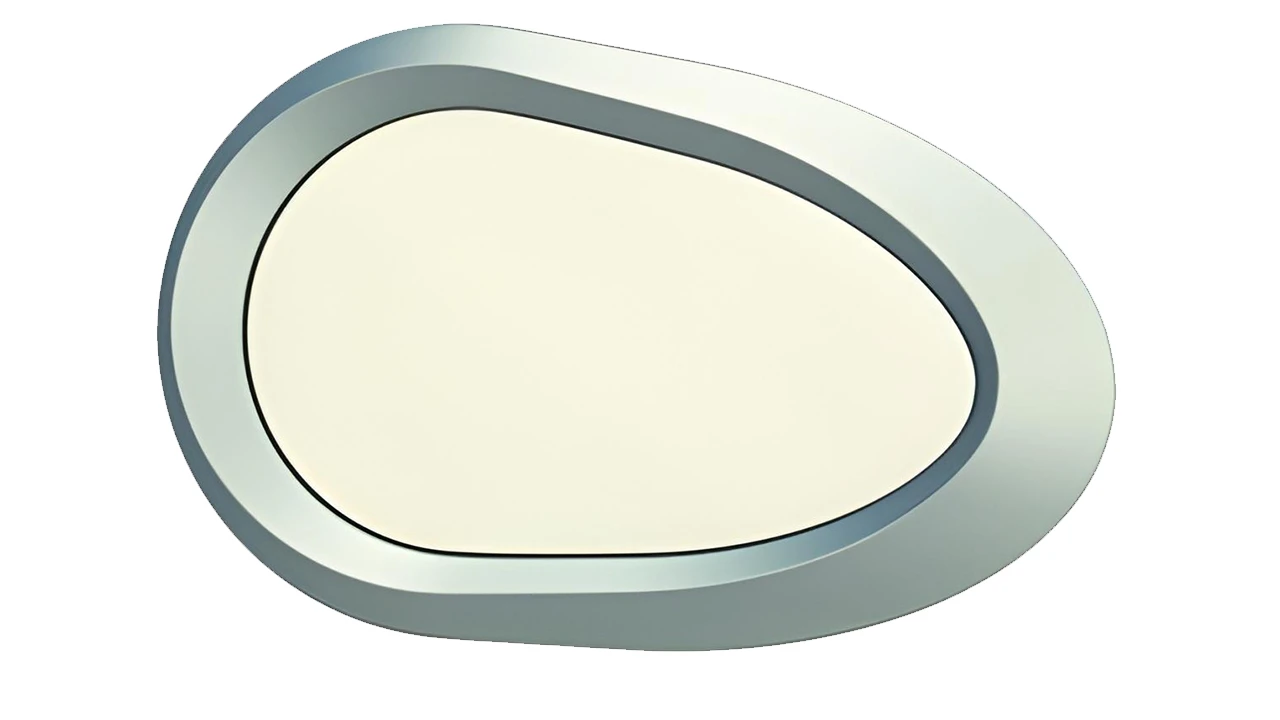
The Semina Life cassette shields the awning from weather, while cushioned infeed rollers ensure smooth, low-wear closing.

The quiet Weinor LongLife arm stands out for its impressive tension strength, maintaining optimal fabric positioning even in strong gusts.

Optional integrated LED spotlights offer energy-efficient lighting, dimmable via remote control or Smart Home app on your smartphone or tablet.
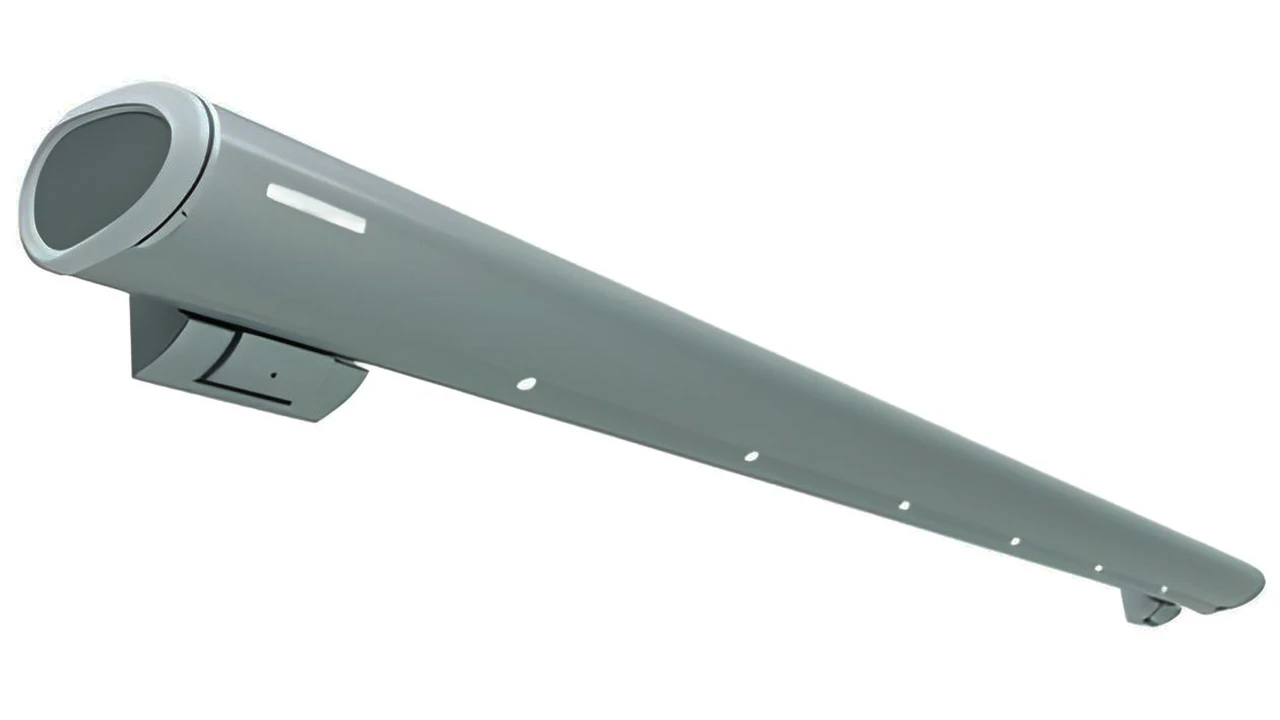
Elegantly integrated into the awning’s front profile, the optional Valance Plus provides effective glare and privacy protection from low sun.
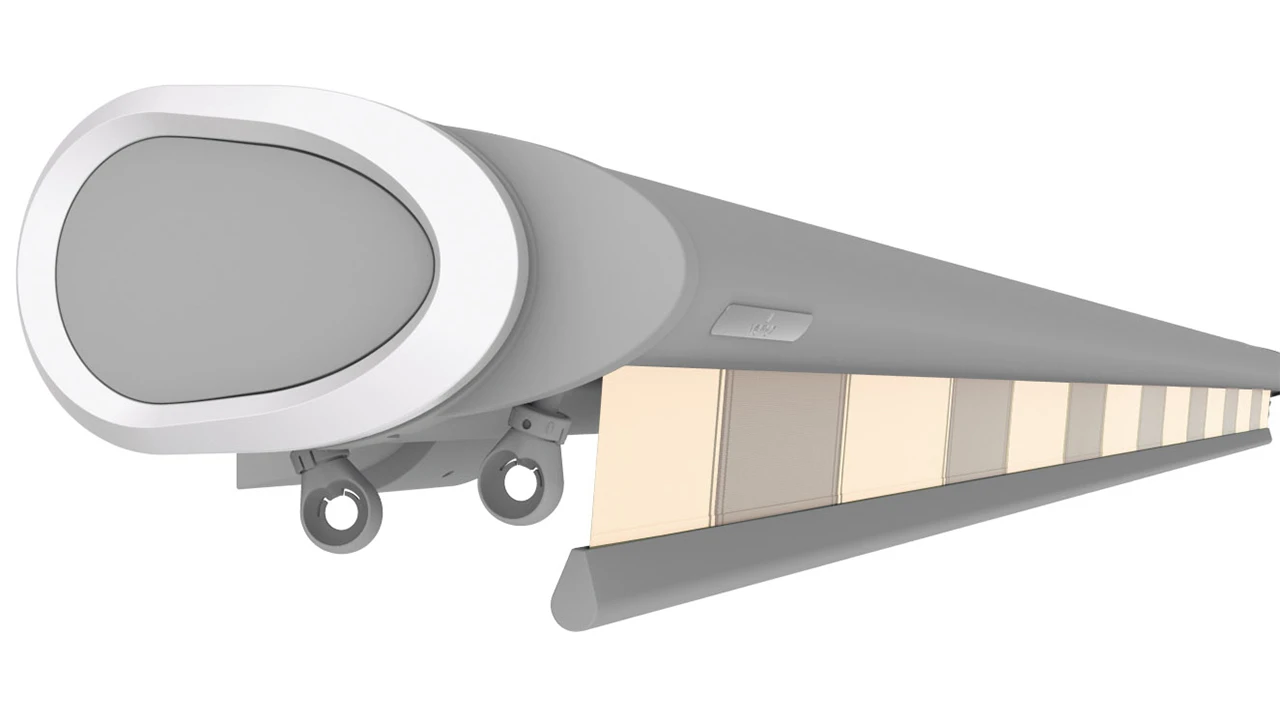
With excellent wind resistance, the Weinor Semina Life awning reliably withstands winds up to Beaufort force 5.
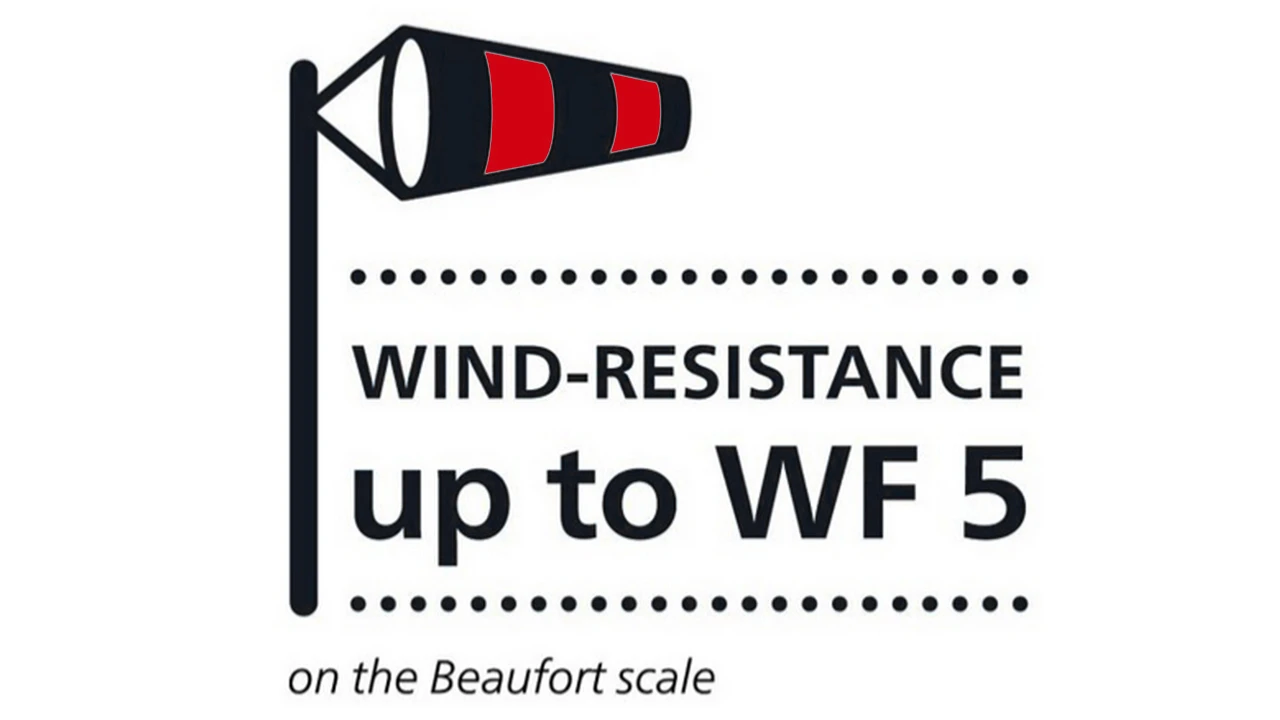
Enjoy greater comfort, privacy, and control in your outdoor space with a solution designed to elevate everyday living. Whether you're relaxing, entertaining, or simply making the most of your garden, this awning creates a welcoming environment you can enjoy throughout the year. It’s a smart investment in both lifestyle and long-term outdoor use.
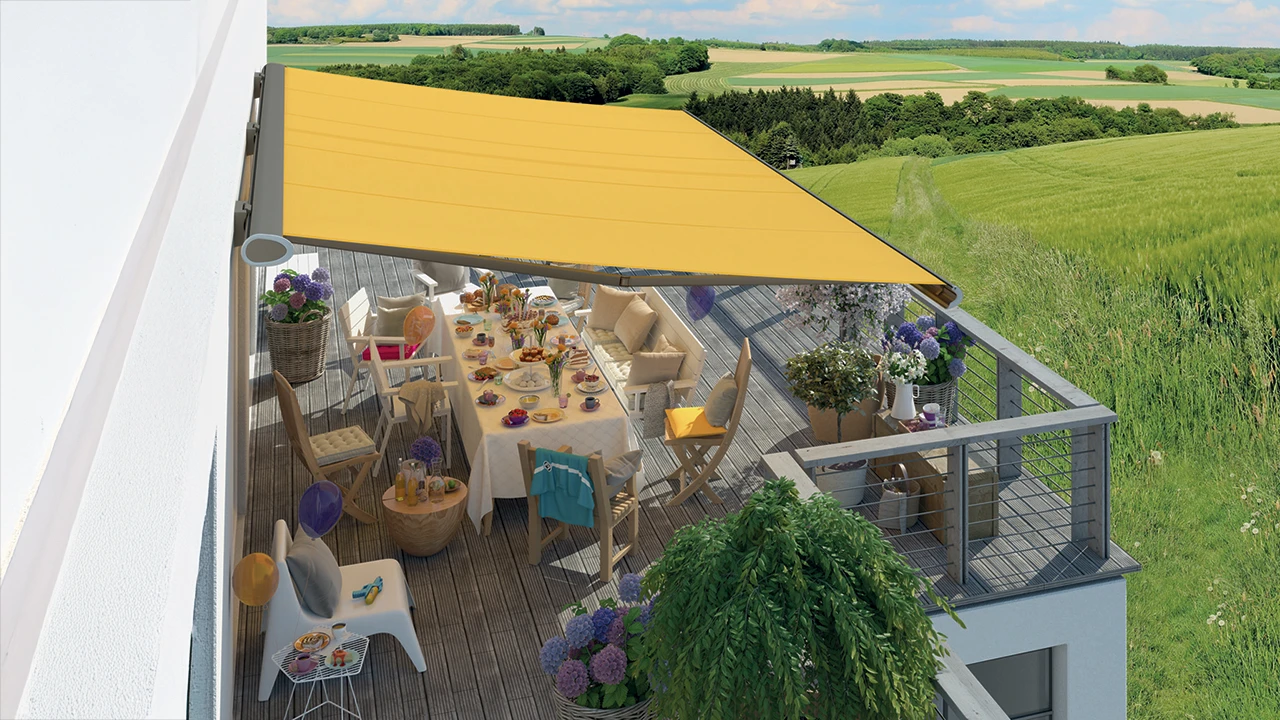
Your email address will not be published. Required fields are marked *